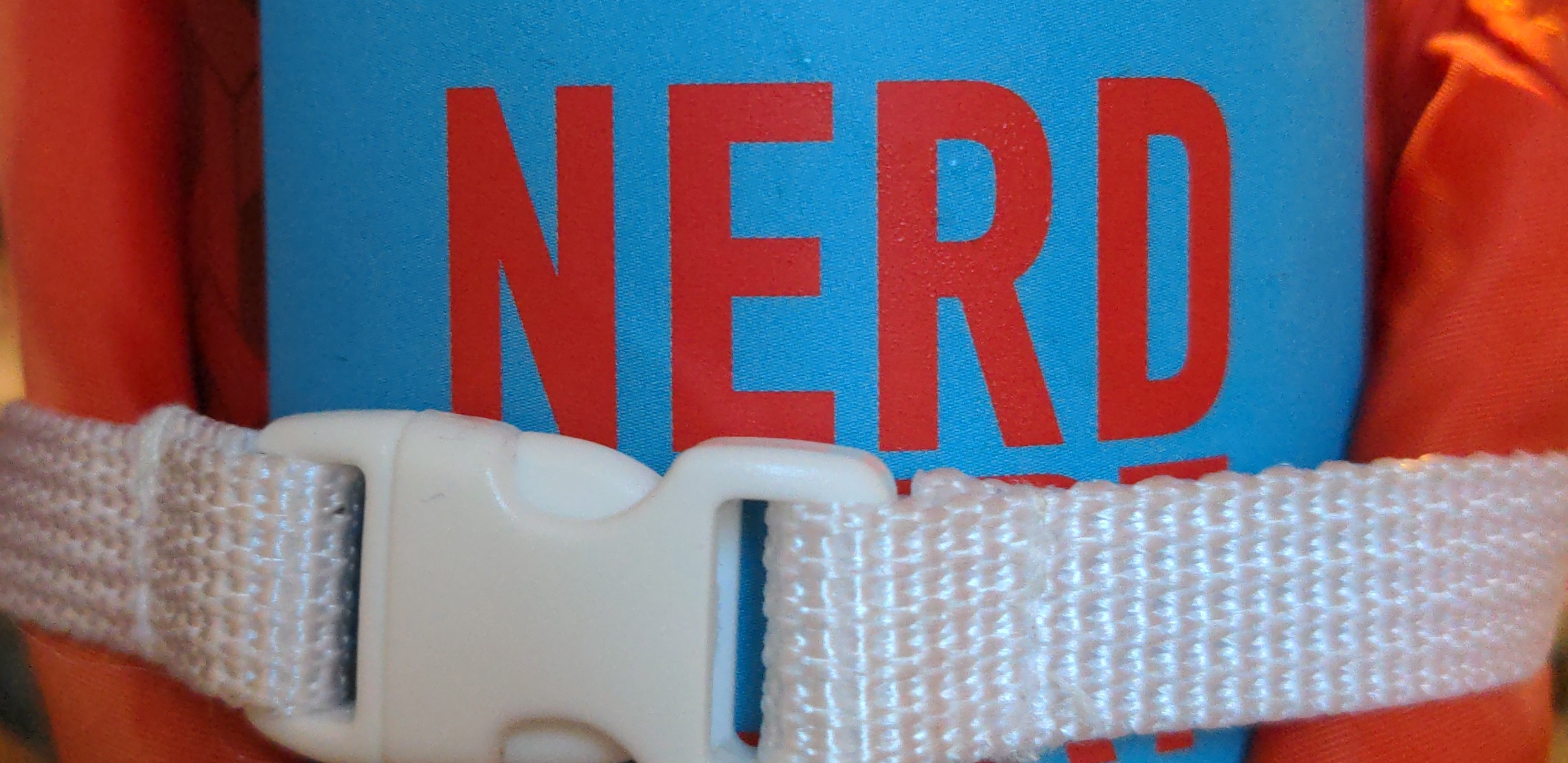Hah, I bet I know exactly what happened. I did the same thing years ago. There’s an import script you can run that’ll move your domains and subdomains, which saves you a ton of time. But it often misreads your input, and puts a leading “.” In front of everything.
I bet someone wanted to save time, and it happened to them. Then it’s a game of catch-up to remove the leading period before the next TTL update.
This is exactly what happens when you’re understaffed and overworked, and you have someone who isn’t experienced in the process enough try to handle a big task.
Rookie mistake, Elon!
They do not have the manpower to check any of that.
It’s ok someone will tweet it at musk and he’ll just keep firing engineers which will definitely help
How did this even pass to production, do they just merge shit to main and pray to God it works?
Whenever you see this sort of technical problems from Twitter. Remember that Musk fired almost all of his staff. Including software engineers.
And the ones he didn’t fire left en mass. At least the ones not tied down by visas and/or other red tape
You underestimate the laziness of the typical office worker.
I am one of those lazy ass office workers lol. I’m sitting here at work on Lemmy, but even I would have been jumping off that sinking ship a long while ago.
When I think about it, this is actually exactly the kind of bug that very easily passes to production.
You have your dev environment; something like “katanasdevmachine.twitterdev.com”, where you do your work and verify bugs. This environment is configured with a developer database, and developer URL configurations. So there might be “katanasdevmachine.twitterdev.com” simulating x.com, and then “briansdevmachine.twitterdev.com” to represent twitter.com. You and Brian do a test of the redirect from there, and all’s well.
It’s only when you’re moving to the genuine domains that small URL-parsing/concatenating bugs might show up. But there’s not many easy ways to “simulate” being on the actual twitter.com website with test code you’ve written. It’s doable, just not convenient. So, these sort of URL configs can very often be the one place that bugs essentially go “untested” in an imperfect workflow.
I mean, /etc/hosts, but I see your point. I’d guess this might be a case of, “this is pretty simple, we’re good to go”. then “oops”
Yeah that’s true
Who would want to work for Twitter at this point? It’s not going to survive with Elon at the wheel.
some indian contractors who would be sent back if they quit
Musk literally laid off every twitter employee in India !
There are still employees in the US who have to keep working to keep their visas.
India is a beautiful place. They can become monks at the top of the Himalaya and live frugally with the amount of money Musk paid them for the rest of their lives.
it would be much more beautiful if there wasnt 1.5 billion people leaving trash everywhere
Related question: what’s the difference between a kiss-ass and a brown-noser? Depth perception.
Interestingly, you can break a lot of websites by adding a trailing dot to the URL, like twitter.com..
It’s a perfectly valid URL, a fully-qualified one, and should resolve to the same place with or without the trailing dot. Some sites, like google.com. handle it correctly, but many fail completely, or fail partially, or at least don’t preserve your login session.
back then it allowed to not have any ads served on youtube
Strike 1
Suddenly paranoid that my 0 viewer per month personal site might not handle this correctly
That doesn’t seem to be true anymore. I just checked and there isn’t a “.” there anymore.








